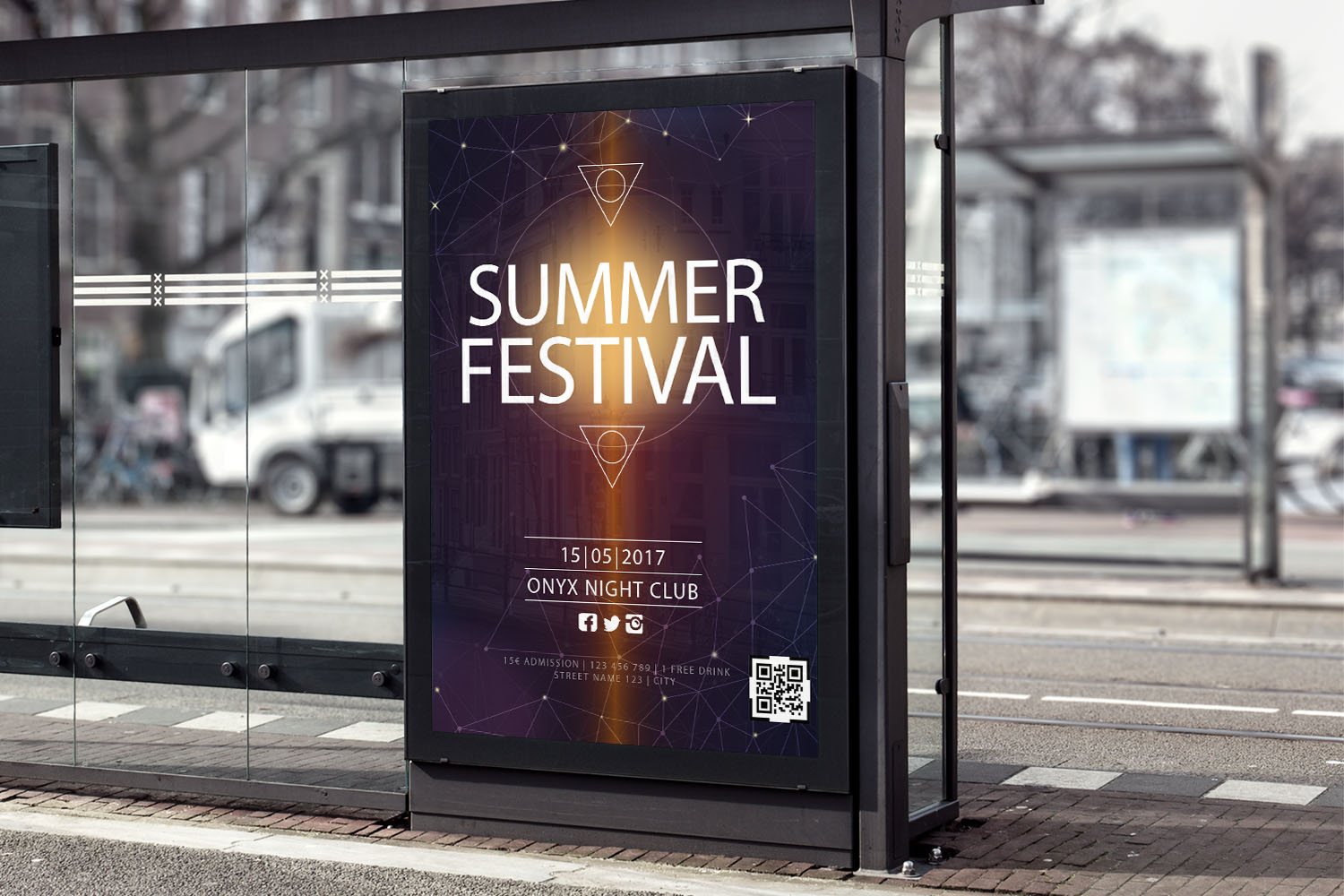In order to find out the answer to this question, all you have to do is scan the above QR code. Now we’re going to make ourselves comfortable and analyze how many of you will actually scan the QR code. We didn’t plan a QR code, we rather wanted to make a point regarding today’s topic.

The QR code (Quick Response Code) was introduced in 1994 and its main purpose was to monitor the car manufacturing processes, at a time when automatization was still at its beginnings. From that moment on, this curiosity of technology slowly created its path towards our day to day lives.
Especially when the smartphones started appearing, basically the main element that we can scan these codes with. At first they were merely a curiosity and a matter of trend rather than an authentic promotion method and a marketing tool. But the same thing could be said about smartphones around 2007, when the phones with buttons still offered resistance.
That’s because in 2007 the iPhone appears and it creates dramatic changes in the area of phones, internet and implicitly, marketing. From these changes many fields and apps, including the QR code had a lot to win.
It’s just that for this marketing method we had to wait a bit longer, since it appeared a few years later, around 2010 along with a supposedly commercial revolution.
What was the idea behind the QR codes?
The idea was pretty simple: to instantly be able to connect with the campaign’s website, or maybe to download an app or to get a discount coupon. The QR code represents a flexible and efficient method, from the perspective of space. In a QR code you can basically encapsulate an entire publicity banner. Also, unlike the classical banner, the QR code brings in a certain dynamic, an invitation to connect, to navigate on the page. Whereas a flier or a banner will always remain static.
More than that, I think we’ve all come across QR codes on the corner of a window, occupying a minimum space and offering a maximum of information. However, about the location on a corner of a window we’ll talk about later.
This code became slowly but surely an essential part of the publicity posters, especially those about an event. But how many of us actually do scan them?
Why don’t the QR codes function as they should?
Better said, it’s not really used, because the code in itself functions accurately. The idea is pretty simple: we have a small publicity space that offers us all the information we might require. All we need is a smartphone, something almost all of us have anyways. Then, why doesn’t it work?

Easy: the QR code does function. It’s just not accurately promoted.
We were talking earlier about how these codes might appear on a corner somewhere, being rather a curiosity, a bonus, than an essential promotion tool.
We also take into account that these codes have to be scanned with the smartphone and the effect is guaranteed. In an era of the internet, you have to come up with something extra to convince someone to do something more complicated than turning in the internet.
How can we save the QR code?
The QR code is not dead, or at least not as dead as it’s said. The QR code is very much alive, in the world of coupons, discounts or applications’ download. It’s a very powerful tool that has to be used correctly.
For instance, in the US, over 27 million users have scanned QR codes at least once. This is a clear evidence of the fact that it all comes down to the way we use it.
But to learn more about this along with how we should use our marketing tools, we invite you to a different conversation. For now, we made some research for you and found out that a QR code is very strong and it’s quite far from being out-of-date from a technological perspective. It’s up to you now to decide whether it’s a strong enough tool for your business.
